Early Bird Deadline
30 November 2025
Judging
Date
23 & 24 March 2026
Winners Announcement
22 April 2026
30 November 2025
23 & 24 March 2026
22 April 2026
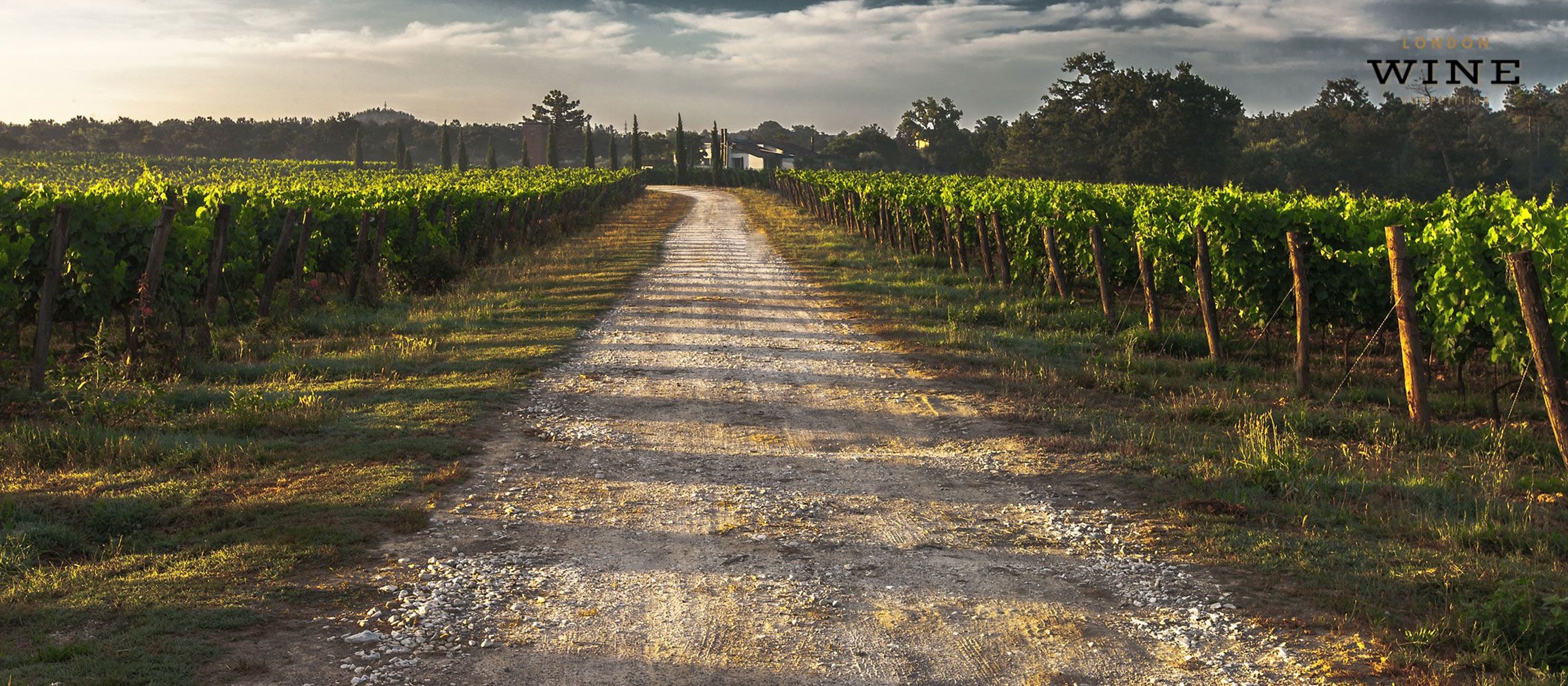
Nobody has ever considered China as a big wine country. Only recently it has emerged on to the global wine scene with unprecedented speed and has become the sixth-biggest wine country in terms of volume. Surprisingly, nobody knew until 1995 that the country has very old wine traditions, confirmed by the discovery of 200 clay vessels with traces of grape wine in them, which are dating back to 2600 BC. Many centuries after that Marco Polo is writing about wine farms and excellent wine in the north-eastern region of Taiyuan in the 13th century. In the early 1880s, more than 100 Vitis Vinifera vines were bought from Europe to China. They have started its modern viticulture with the first winery established in 1892, which retains a notable position in Chinese wine today. China's climate is extremely various from continental to mountainous with a high average altitude to more humid maritime.
A big part of the production of the Chinese grape is consisting of table grape varieties, and only a small percentage is going for the production of quality (most of the time) red wine. The most important grape varieties planted in the country are the international Cabernet Sauvignon (considered as King), Merlot, Cabernet Franc, Carménère, Syrah, Riesling, and Chardonnay. The popularity of the red wines is superior to white, as well as the Bordeaux varietals have cult status among the rich Chinese wine lovers.
The most renowned wine-growing regions include Hong Kong, Shandong, Yunnan, Ningxia, Shaanxi, and Hebei. Nowadays, China is in the top ten global markets of fine wine consumption. Most definite in the next few decades, the country’s wine production and wine consumption will rise tremendously. At the moment, there are many investments from famous French Bordeaux and Champagne estates in China with many more doing still researches. The country has already seen progress in the global market, as it is one of the wine industry’s most exciting developing markets. China will continue to draw increased international attention and eventually become a big player in the future of wine.

The wine region of Shandong is one of the most important located between Beijing and Shanghai, the largest region in China, and it is the birthplace of the big part of the most prominent wines of the country. Shandong is also home to the oldest and largest winery in China with around 40% of the total production of Chinese wine. The first vineyard plantings are dating back to the early 19th century with Most of them are to be found on the outskirts of urban areas. The city of Yantai is situated on the northern coast of the peninsula has become China's wine capital. The most planted grape varieties of Shandong are Cabernet Sauvignon, Syrah, Carménère (Cabernet Gernischt), Cabernet Franc, Chardonnay, and Riesling. Shandong's climate is maritime as it is located on a peninsula with sufficient sunlight and has a cool and refreshing climate. It is relatively flat with coastal terrain, although in the middle of the province the topography is hillier with the highest peak of 1500 meters above sea level. Shandong is the modern face of Chinese wine, and it attracts international wine investors from Bordeaux of France, and many other countries, it is holding the future of Chinese wine.
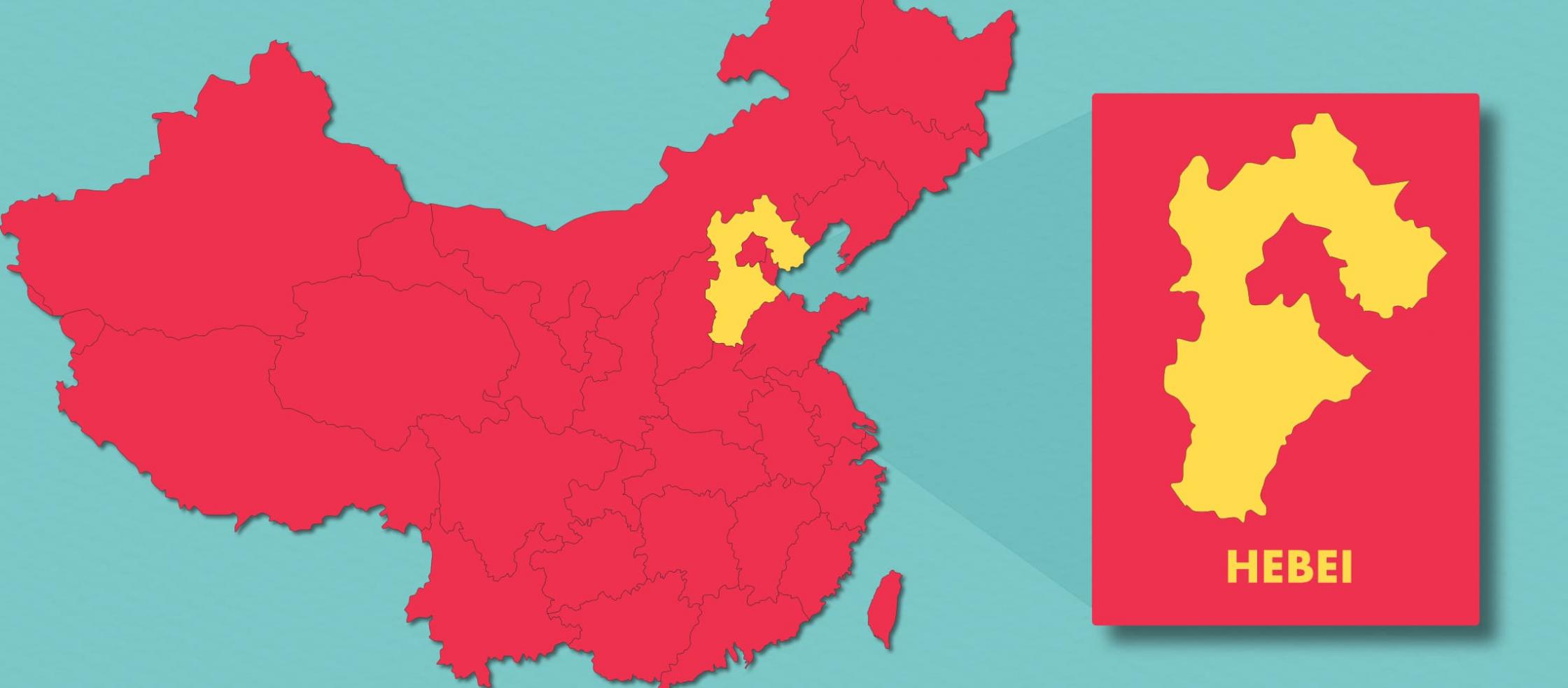
Hebei is an up-coming wine-growing region situated on the east coast of China. It is famous for its first expressions of completely dry white and red wines. He is nicknamed the Bordeaux region of China with its prominent Cabernet Sauvignon and Merlot plantings. It is home to a wide range of landscapes. They include the floodplains of the Yellow River in the south to the Yan Mountains in the north. The climate of Hebei is warm and moist with slightly above-average rainfall levels, which makes a necessity to take precautions against fungal diseases at all times. During the winter all vineyards must also be protected from frost damage. It can be seen as continental with the influence of the Pacific and Indian oceans. Both of them are bringing cold, moist air which crashes with the warmer air over the continent and causes frequent rainfalls. The biggest part of the vineyards is located 200-300 meters above sea level, but it has altitudes up to 1000 meters much cooler climate, and high levels of sunshine ensuring that the grapes receive abundant sunshine for ripening. The region is divided into two main wine-growing areas. Huailai which is the hillier north-west of Beijing, and the seaside city of Changli in the north of the province. Other grape varieties besides the Bordeaux grape varieties are Syrah, Riesling, Chardonnay. Hebei wine-growing region is receiving more and more international attention and recognition.
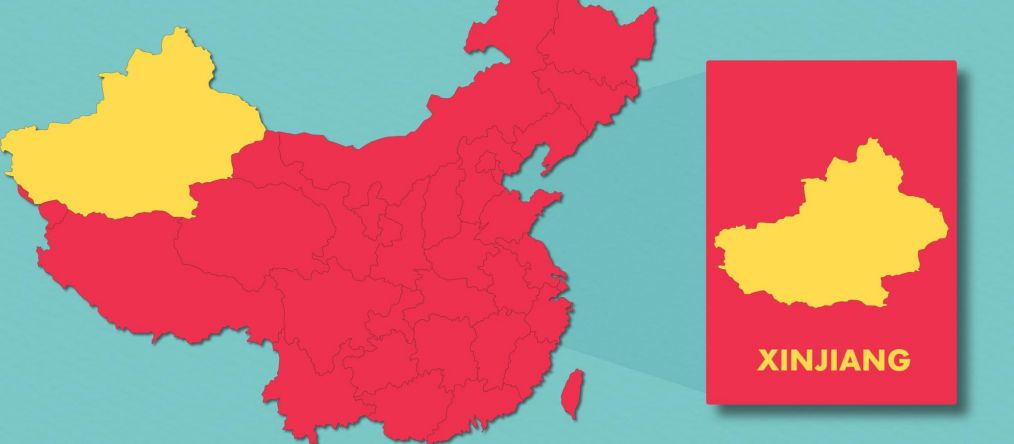
This is the largest wine-growing region in terms of the area situated on the north-west edge of China. Xinjiang is well-known for its agriculture, and in recent years for viticulture giving birth to light, uncomplicated wines from Cabernet Sauvignon, Merlot, and Chardonnay. Most of the territory is either desert or mountains and has scarce rainfall, intense sunlight, extreme daytime temperature variation, and ample water sources all contribute to its unique wine expressions. Xinjiang's climate is continental characterized by hot summers and very cold winter. A big part of the soil types in the wine-growing areas is sandy and rocky, with ancient irrigation systems to hydrate the vines throughout the year. The region is a rising power and has enormous potential, which is beginning to be one of the key regions in China. In the past decade, Xinjiang has become an interesting area for international investors who have the know-how for high-quality winemaking.
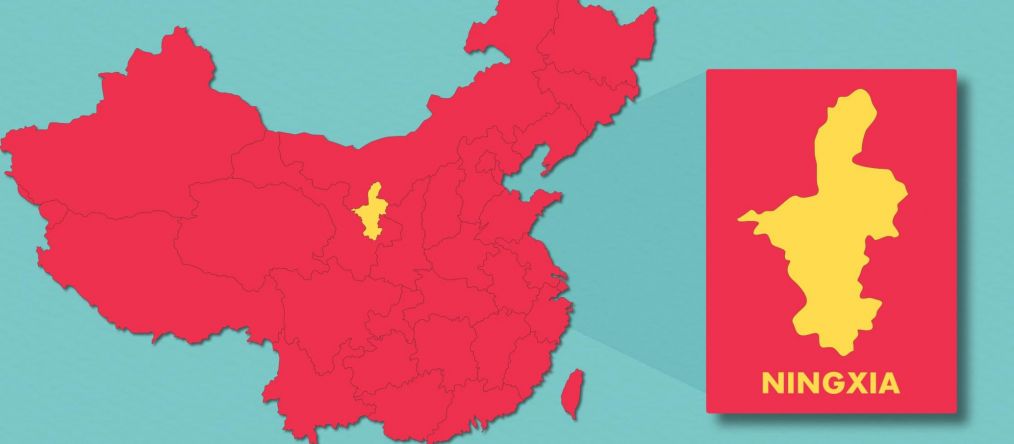
This is the smallest wine-growing region in the central-north part of China. Ningxia is renowned for its complex expressions of Cabernet Sauvignon blends, powerful Chardonnay and crisp Riesling, and it is one of the most qualitative wine regions in the country. The Yellow River creates perfect, fertile conditions for the necessary irrigations of the vineyards in the area. The biggest part of the vineyard plantings is located at the foothills of the Helan Mountain, where the climate is described as continental with hot summers, although the high altitude of the vineyards (some more than 1200 m above sea level) helps to create a desirable climate for wine-growing. Vines that are planted so high are receiving intense sunlight during the day succeeded by much cooler nights, favorable for retaining the much-desired good acidity. Ningxia has as well plantings of Syrah and Merlot. In the past couple of decades, it has attracted two major international investors, and the future of Ningxia is becoming more bright in the last years, as the wine industry plays a main role there.
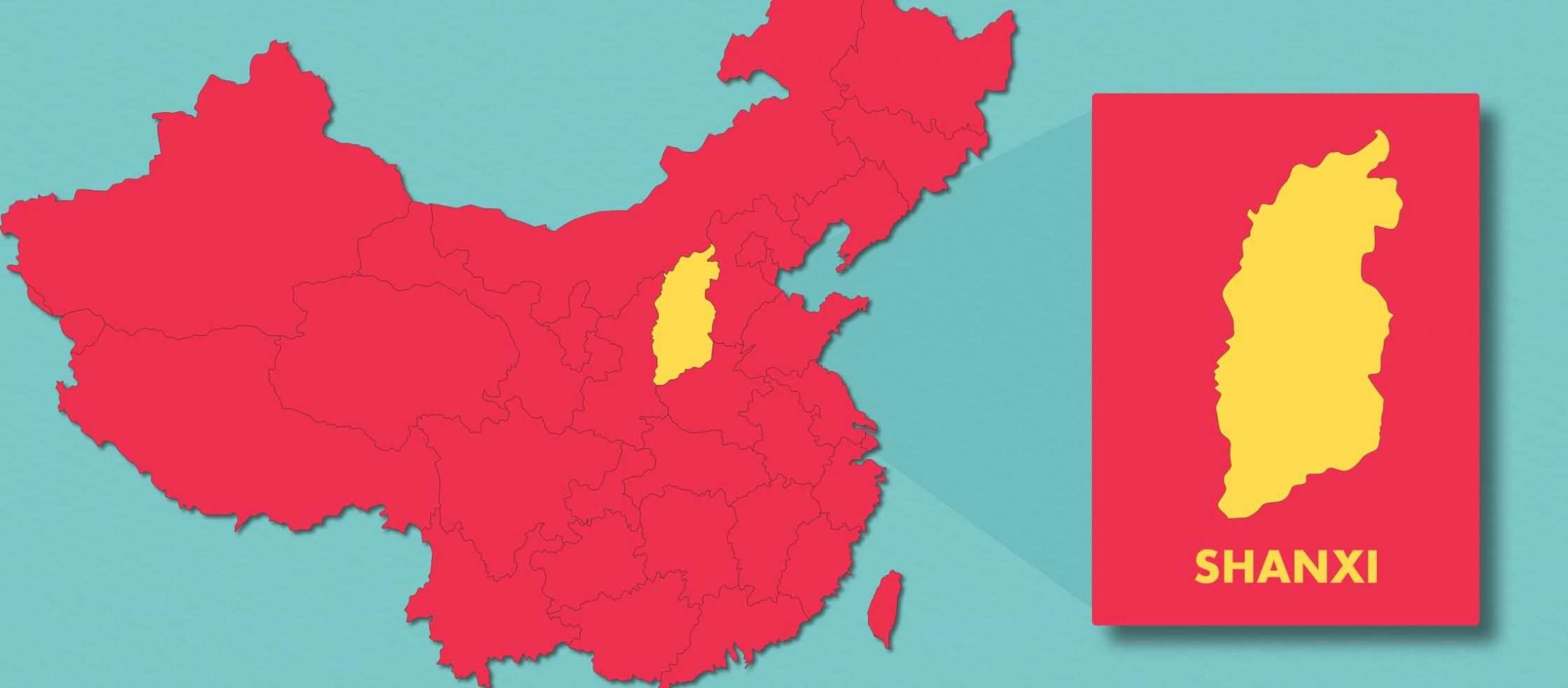
Shanxi is one of the most important wine-growing regions in eastern China. It is prized for its wines since ancient times, and it still produces some of the best expressions of the Cabernet Sauvignon wines in the country. Shanxi must not be confused with the neighboring province with a very similar name. The climate of Shanxi wine region is continental and it is affected by the East Asian Monsoon bringing humid air from both oceans the Pacific and the Indian to the warmer land, causing rain. The yearly rainfall in the region is occurring in summer, and the high levels of humidity can promote fungal vine diseases such as mildew. The vineyards are very specifically planted at a high altitude and are receiving more sunlight and less rainfall. Most of them are planted on the deep sandy loam soils, where excellent drainage allows the vines to grow deep root systems, increasing the health of the vine. The other grape varieties that are largely planted in the region are Merlot, Cabernet Franc, and Chardonnay. In recent decades, many wineries from Shanxi are becoming internationally renowned, and some of the most recognized wine consultants from Bordeaux are working closely with them.
We have covered the most important and famous wine-growing regions of China, and we think that the comprehensive explanation of them will satisfy every wine lover and enthusiast. Stay tuned for more wine regions and countries.
Show your wines where it matters. Get your products tasted by top sommeliers, buyers and experts at the London Competitions — enter now.